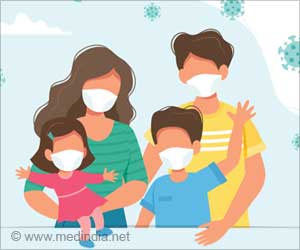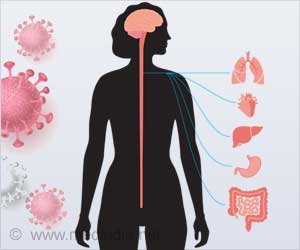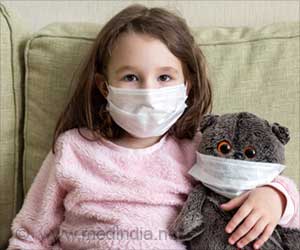- Adults are more at risk than children in fighting COVID-19 infection
- Children’s nasal lining lowers infection, as the virus is less replicated in the nasal cells
- More the exposure to these threats, stronger the pro-inflammatory response
“We’ve shown the lining of children’s noses has a more pro-inflammatory response to the ancestral SARS-CoV-2 than adult noses. “But we found it’s a different ball game when it comes to the Omicron variant.”
Nasal Lining Cells of Children Key to Fighting against COVID-19 Infection
The research team exposed the samples of nasal lining cells from 23 healthy children and 15 healthy adults to SARS-CoV-2.The results showed the virus replicated less efficiently in the children’s nasal cells, as well as a heightened antiviral response.
Dr. Short said there were a number of theories why. “It could be an adaptation to the increased threats of ‘foreign invaders’ such as viruses or bacteria observed in childhood,” she said.
“It’s also possible that increased exposure to these threats in childhood ‘trains’ the nasal lining in children to mount a stronger pro-inflammatory response. Or alternatively, metabolic differences between children and adults could alter how virus-fighting genes express themselves.”
“Taken together, it shows children’s nasal lining supports lower infection and replication of ancestral SARS-CoV-2, but this may be changing as the virus evolves,” Dr. Short said.
The research has been published in PLOS Biology.
Source-Eurekalert










